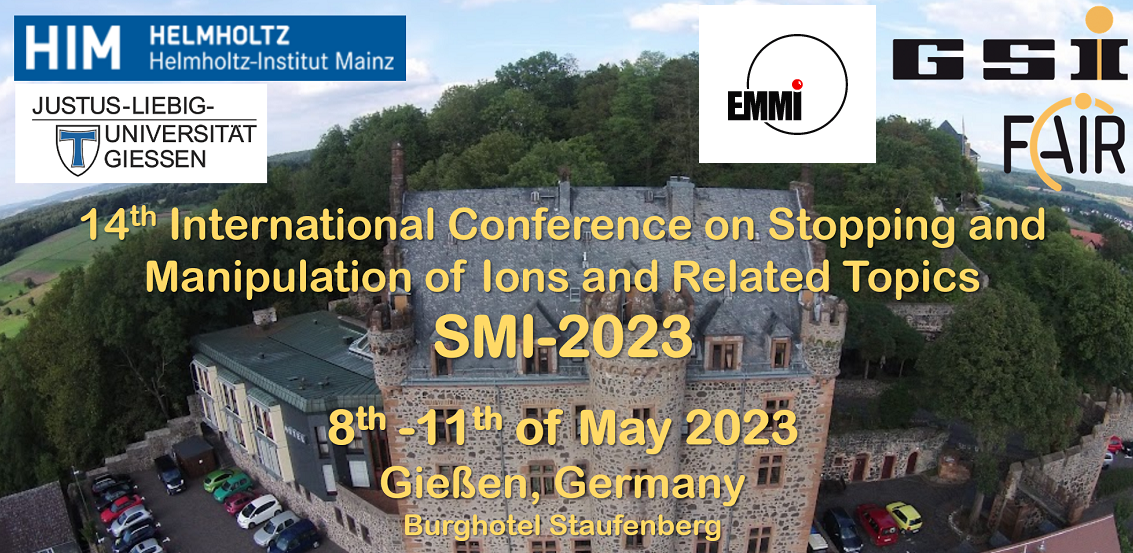Vorsitzende der Sitzung
Plenary Session 5: Plenary Session 5
- Heikki Penttilä
We have developed the KEK Isotope Separation System (KISS) [1] at RIKEN to study heavy element synthesis in the universe. KISS presently consists of an argon gas cell based laser ion source (atomic number selection) followed by isotope separation on-line (mass number selection). KISS has successfully provided pure low-energy beams of neutron-rich isotopes near $N=$ 126 in the platinum region...
The gas-stopping technique is considered very efficient for slowing down the incident radioactive beam ions having from E = a few 10 keV to a few GeV and manipulating for further applications [1-3]. After multiple collisions with buffer gas atoms, the ions are thermalized, transported by the DC field or the RF field or combined both, and utilized for various applications, i.e. high precision...
The Standard Model is known to be incomplete. One such area where it falls short is evidenced by the most precise evaluation of the V$_{ud}$ element of the CKM matrix, which currently yields a $\sim$2.4$\sigma$ tension with unitarity. In an effort to further study this, the Superallowed Beta-Neutrino Decay Ion Coincidence Trap (St. Benedict), in construction at the University of Notre Dame...
The Isotope Separator On-Line (ISOL) facility at Japan Atomic Energy Agency (JAEA) is utilized for precision experiments on short-lived radioactive isotopes (RI) using ion trap techniques. This has the potential to facilitate new research areas in nuclear physics and chemistry, including mass measurements of neutron-rich transactinide nuclei and in-trap gas-phase ion chemistry of superheavy...

